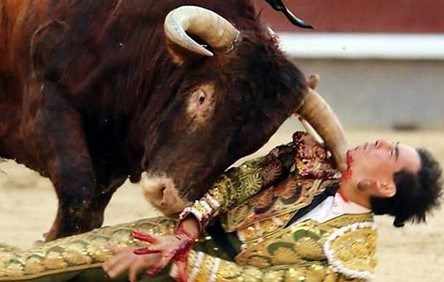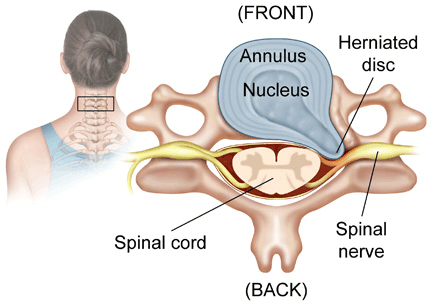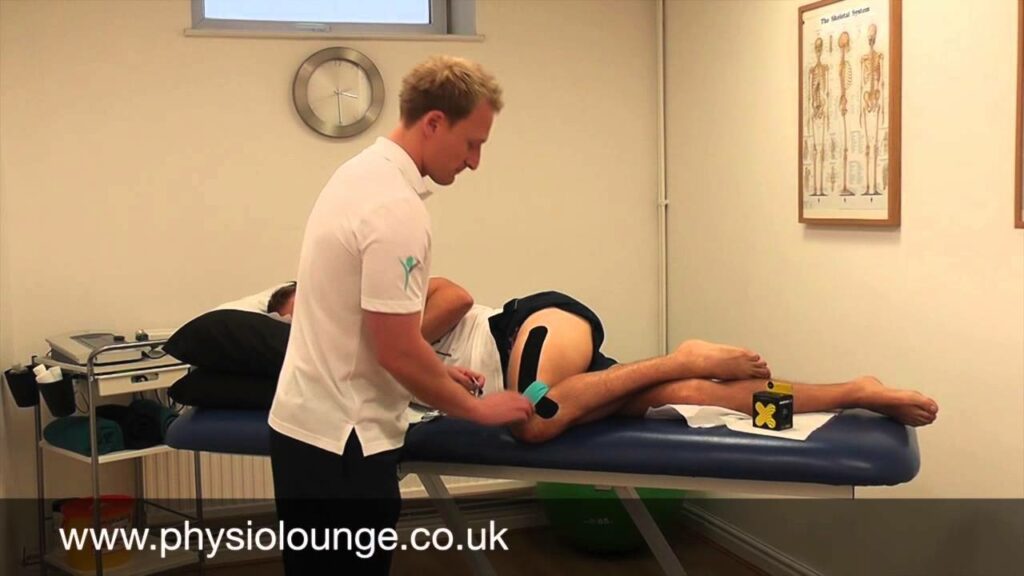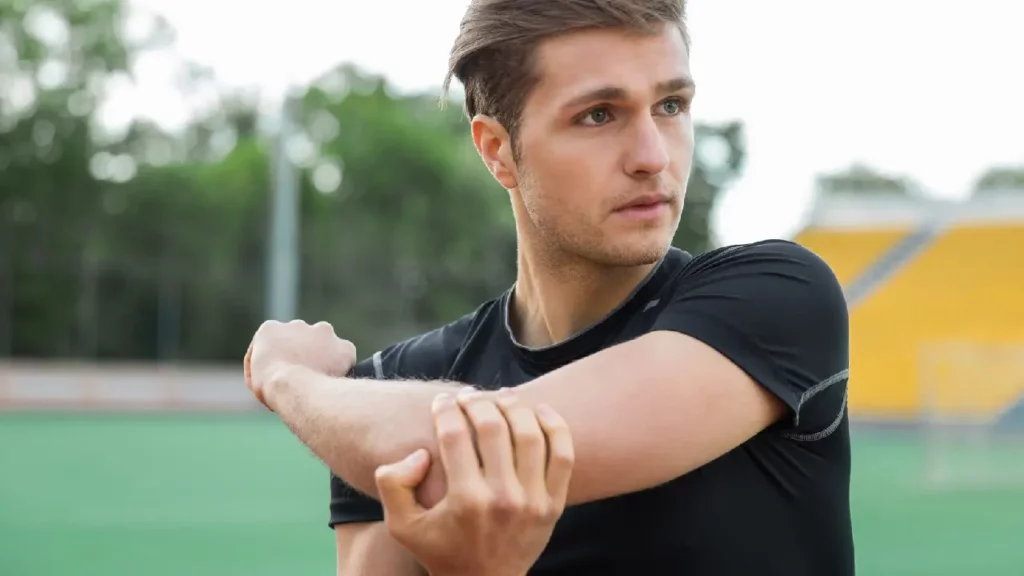Well that all depends on the reason you have neck pain. If it’s because of something like this…

… then probably not, not really our realm! However, there are many reasons you can develop neck pain and physiotherapy can help in many of these cases. It’s a good job too as neck pain is estimated to affect 70% of us at some point in our lives to greater and lesser degrees. In most cases the symptoms settle by themselves and it’s not a sign of something serious.
It’s worth mentioning that ‘neck pain’ is a very vague term! The term neck pain is certainly not a diagnosis. So for the purpose of our discussion we’re going to assume we’re talking about things like prolapsed discs, muscle spasm, ligament sprains and mechanical neck pain. As opposed to any serious medical causes of neck pain like infections, spinal cord problems or tumours.
There are also certain medical conditions that cause neck pain which physiotherapy is useful for, like rheumatoid arthritis and ankylosing spondylitis.
Given the fact that there are so many causes of neck pain we would always recommend you see a good physiotherapist or GP who can assess and diagnose the cause and therefore point you in the right direction with regard to treatment.
Anatomy
The cervical spine, or neck is comprised of seven vertebrae (bones), in between which sit the intervertabral discs. Surrounding the vertebrae are the ligaments that prevent excessive movement, and the muscles which move and support the joints.
The spinal cord passes through the middle of the spine and out of each level in the spine. Nerve roots exit to supply sensation and trigger movement in muscles.

Causes
There are many reasons a person can develop pain in the neck. The two main ones being sudden and sustained. Sudden onset will usually be as a result of trauma like a whiplash injury from a motor vehicle accident, a fall or heavy contact of some sort. Sustained load is another reason. This is usually low load over time like the sedentary worker sat at a desk all day long.
- Wear and ageing
The natural process of wearing and ageing can cause the space between the joints of the neck to become reduced. This is an entirely normal process, but in some people this can result in neck pain and stiffness.
- Muscle Strains
Overloading the muscles in the neck is a common reason for neck pain. Poor lifting technique, poor posture and muscle fatigue are all common causes. If the muscle tissue does not support the spine properly this can in turn lead to problems with the joints of the spine.
- Ligament Sprains
Ligaments are one of the tissues that give stability to a joint by restricting excessive movement around joints. When a joint experiences excessive load, the ligaments are put under strain which can cause tearing and subsequent bleeding. This can cause swelling and pain.
Common causes are sports injuries or motor vehicle accidents (Whiplash Associated Disorder).
- Prolapsed Discs
Sometimes referred to as “slipped discs”, a prolapsed disc is a relatively common occurrence in the neck. Spinal discs are fibro-cartilagenous structures that sit between the vertebral bodies. They act as shock absorbers.

As you can see the disc can press on the nerve tissue exiting the spine. This can sometimes cause pain, weakness and altered sensation down the arm.
- Poor Posture
Poor posture is probably one of the key reasons we develop neck pain. Without a doubt, most of the issues we see developing in the neck, and spine in general, is because of sustained loading of the spine in bad position. Constant poor posture places excessive load through the various structures in the spine and over time cause them to break down.
Treatment
Early diagnosis is really important when considering how best to treat any musculoskeletal problem. It may be that a more serious cause of the pain needs to be ruled out before treatment begins.
Here are some basic rules to follow:
- Early Phase – Pain relief and protection
Acupuncture, gentle manual therapy and soft tissue massage can all help to reduce the pain associated with neck pain. Some gentle muscle activation and mobility exercises will be helpful to protect the neck and shoulder girdle and prevent any deterioration.
To reduce muscle spasm heat application is useful. TENS machines can also assist in the reduction of pain symptoms.
In some cases it may be necessary to use medication that your GP can prescribe. This may be an analgesic like co-codamoal, a non-steroidal anti-inflammatory drug like ibuprofen, a muscle relaxant like diazepam, or a combination of any or all the above.
- Mid Phase – Improving movement and strength
As the pain gradually settles you would want to start to increase your movement. Manual therapy and exercises to mobilise the spine and surrounding joints are useful. Soft tissue work and trigger point release can help to reduce restriction in soft tissue that develops and help to improve movement. Acupuncture can also help to relieve muscle spasm and improve local blood flow which assists tissue healing.
You can begin to progress strength work, focusing on improving the muscles you were deficient in. These muscles tend to be a combination of the muscles around your shoulder blades and the muscles that surround the neck.
- Late Phase – Return to function and prevention of recurrence
This is the phase when you can focus on rehab that is directly associated with the activities you want to return to. Your physio can give you a graded program of rehab exercise to strengthen and mobilise the relevant muscles and joints to best prepare you for the task ahead.
One of the main roles we perform as physios is to prevent recurrence of injury. It doesn’t really look great for us if people keep re-injuring!
Below is a video of basic neck stretches as well as strength, control and mobility exercises. So remember… look after your neck… keep moving… and do your rehab.
For more information on how physiotherapy can help with Neck pain contact us or book an assessment:



